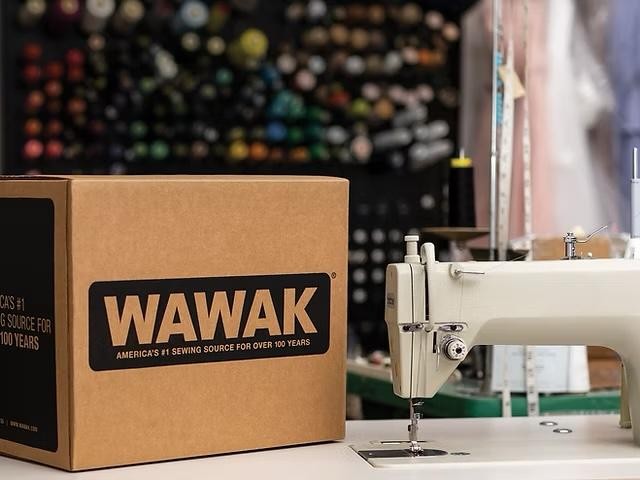It’s hard to miss the buzz around Bitcoin in the media lately. In 2021, it experienced an incredible increase in value that made the early investors of this incredible asset very rich, and it seems likely that its value will continue to grow in 2022 and beyond. If you are wondering about bitcoin trading, visit www.fintech-insight.com/review/bitprofit/.
But if you’re not already familiar with Bitcoin, you might be wondering exactly what this innovative digital currency is all about and how you can use it in your daily life.
Here are some basic terms to know so you can get ahead of the curve.
1. Blockchain
The first that comes into the list is Blockchain. So, let’s understand what a blockchain is and what is its function? In simple words, a Blockchain adds a new set of recordings of Bitcoin units. In Blockchain, the Bitcoin transactions are recorded safely and securely. This is one of the main reasons why financial investors choose to invest in Bitcoins among the other popular forms of cryptocurrencies.
2. Mining
Next comes into the picture cryptocurrency is mining. In the mining process, new coins are generated. Upon successful completion of mathematical calculation, the Bitcoin miners get rewarded with new coins. When we talk about Bitcoin mining, one needs to have access to powerful hardware through which the entire mining process can run smoother. Moreover, in the case of Bitcoin mining, one needs to have a continuous source of high electricity. One can do mining on their own which is single mining. On the other hand, cloud mining is also done by many by renting mining hardware. Lastly, you can join a BTC mining pool to mine as a group.
3. Transaction Fees
When you make a Bitcoin transaction, you are required to deposit in the form of a transaction fee. They then race to solve a mathematical puzzle, and whoever solves it first gets to add the block of transactions to the blockchain and claim their reward.
4. Wallets
A Bitcoin wallet is where you store your Bitcoin access keys to safeguard your bitcoin holdings. Bitcoin wallets are mainly used to store, send, and receive Bitcoins in a hassle-free way. There are so many types of wallets that have their own positive and negative sides. The most important thing is to choose a wallet that’s right for you and your needs.
Hardware wallets are physically connected to your computer or mobile device and offer several security benefits. They make it much harder for hackers to steal your Bitcoins by creating an additional barrier between your wallet and cybercriminals. Most hardware wallets also provide backup recovery options.
One downside is that some hardware wallets are complicated to use, so you’ll need some basic technical knowledge to use them effectively. If you plan on using a hardware wallet, be sure to store a separate paper copy of your recovery seed in a safe place. Paper storage is much more secure than digital storage because physical documents can’t be hacked and there’s no way for unauthorized people to get their hands on them.
5. The Law
When it comes to Bitcoin, there is a lot of speculation and debate on whether or not the digital currency is here to stay. Despite this, bitcoin’s popularity is seen to be grown after a few years of its creation. If planning to invest in Bitcoins, it is highly important that you fully understand the basic cryptocurrency components and then proceed further.
6. Security
Bitcoin’s security is based on math, making it overall secure for the users and traders. It also makes Bitcoins inaccessible to hackers and scammers. The network is spread across many computers around the world, and each transaction is recorded in a digital ledger called a blockchain. The genius of Bitcoin is that the transactions get verified all the time and they are recorded with encryption technology. This decentralization and encryption make Bitcoin so secure.
Conclusion
Now that you know some of the basic components of Bitcoin, you’re ahead of the curve. Here’s a quick recap: Bitcoin is a digital asset and a payment system; miners validate transactions and add them to the blockchain; nodes spread information about transactions; wallets store bitcoins. By understanding these key terms, you might have understood how this cryptocurrency functions.
Related Posts




